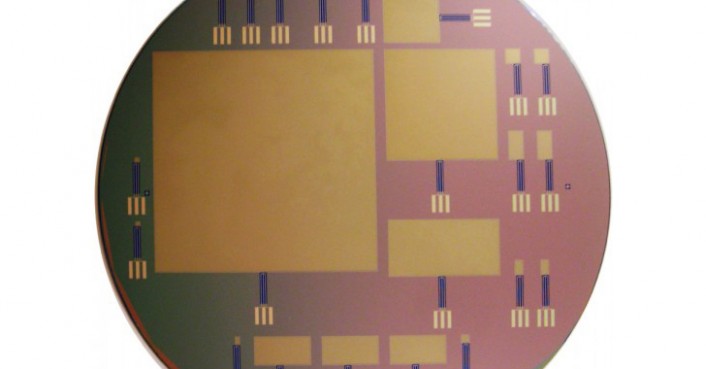Scientists Develop Glucose Fuel Cell Which Could Power Medical Implants

Scientists from MIT have developed a fuel cell capable of running on the same sugar that powers the human bodies’ own cells. So far, the fuel cell is capable of generating hundreds of megawatts in power and has the capacity to be able to power highly-efficient medical implants which could be used to allow paralysed patients to move their arms and legs again.
Described in the June 12 edition of the journal PLoS ONE, the fuel cell strips electrons from glucose molecules with the help of a platinum catalyst in order to create a small electric current, and has been engineered to sit on a silicon chip so that it can be integrated with the existing circuits of the implant. Described on MIT News, the fuel cell “[mimics] the activity of cellular enzymes that break down glucose to generate ATP, the cell’s energy current” and, according to Bejamin Rapoport, the first author on the new MIT study, could get all the sugar it needs from the cerebrospinal fluid (CSF) that prevents the brain from hitting the side of the skull.
generate ATP, the cell’s energy current” and, according to Bejamin Rapoport, the first author on the new MIT study, could get all the sugar it needs from the cerebrospinal fluid (CSF) that prevents the brain from hitting the side of the skull.
“It will be a few more years into the future before you see people with spinal-cord injuries receive such implantable systems in the context of standard medical care,” Rapoport informs the publication, “but those are the sorts of devices you could envision powering from a glucose-based fuel cell.”
Lead researcher, associate professor of electrical engineering and computer science at MIT and author of the book ‘Ultra Low Power Bioelectronics’ Rahul Sarpeshkar is confident the development is a big leap in bringing ultra-low power medical technology to market but is keen to warn that self-powered implantable implants are still years away.
Richard Birkett
Source: MIT News